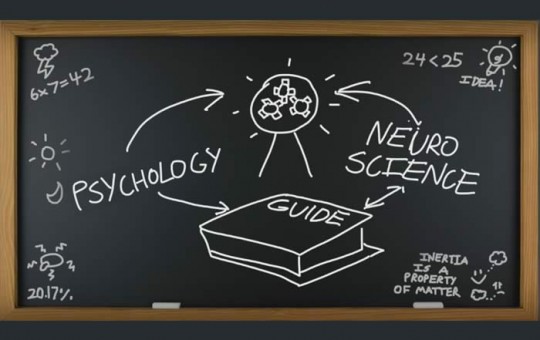Animation, Persuasion, and Neuromarketing

In a strange coincidence, the concept of animation in videos hit me from two different directions last week.
 Last week, I published my Brainfluence Podcast interview on whiteboard animation featuring Carla Clark, Ph.D.: Your Brain on Animation. Carla is The Draw Shop‘s neuroscience and psychology expert.
Last week, I published my Brainfluence Podcast interview on whiteboard animation featuring Carla Clark, Ph.D.: Your Brain on Animation. Carla is The Draw Shop‘s neuroscience and psychology expert.
[Quick digression: if you haven’t subscribed to The Brainfluence Podcast, now would be a great time. We have blockbuster episodes coming up – global branding guru Martin Lindstrom, renowned psychology writer Maria Konnikova, and best-selling business author Jay Baer! Head over to the podcast website, or subscribe at iTunes or Stitcher.]
In our conversation, Carla and I discuss the peculiar effects that animation has on our brain, starting with hijacking our attention system. The combination of the human hand that appears in most whiteboard videos, the constant motion, and the gradual reveal of visual content keeps our attention riveted.
Not familiar with the whiteboard video concept? Here’s one from persuasion expert Robert Cialdini (who was featured in another Brainfluence podcast) that illustrates his famous Six Principles while he narrates:
Even if you don’t care about the animation, the content of the Cialdini video is worth spending the 12 minutes viewing time.
Hearing the persuasion master succinctly explain his principles is no doubt a big part of why this video has garnered more than six million views. (Watch the video and you’ll know that’s social proof!)
And, as Carla explained, you will likely remember the content better than had you been watching Dr. Cialdini explain the content from a podium. Studies show a significant boost in content recall when it is animated.
Animation can hold attention and increase recall of content. #Neuromarketing Share on XVisual Metaphors in Animation
One key way animation increases comprehension and recall is the use of visual metaphors. Instead of simply mentioning a confusing process, for example, the concept could be illustrated with a geometric maze or tangled ball of yarn. Our brains love all kinds of metaphors as they can simplify and solidify abstract concepts.
Of course, presenters can intersperse images, including visual metaphors, in a standard presentation. If the transitions aren’t too jarring this, too, should grab attention and assist recall.
Visual metaphors boost comprehension and concept retention. #Neuromarketing Share on XA Tale of Two Videos
Now, synchronicity enters the picture… Some months ago, I recorded a video session with Michelle Adams of Marketing Brainology in which we talked about neuromarketing and my book Brainfluence.
I just found out that Michelle had edited and published our conversation. Not only that, she created two versions – one straight “talking heads,” and one that incorporated animation for some of the points I was making.
If we wanted to, we could probably do an A/B test of comprehension and recall using Michelle’s two videos. (That’s not currently in my plans, but it would be fun.)
Which version do you prefer? Here’s the talking-heads-only version:
And, this one incorporates some animation:
The animation isn’t precisely the “whiteboard” variety – the background isn’t white and there’s no human hand – but the approach is visually very similar.
To Animate or Not?
What do you think – does animation add to the experience? Should we be doing more animation, or is this a technique that will become annoying once we’ve all seen it many times?
My take: it’s all about the content. If all Pixar did was create gorgeous backgrounds and lifelike animated characters, we’d get bored quickly even with their visual wizardry. But, Pixar crafts amazing stories that are full of emotion. We don’t think about the animation, we think about the characters.
If you are going to create an animation, don’t expect your viewers to be engaged by the medium alone.
Rather, deliver content that would be engaging however it was presented and let the animation make it even more compelling.
Use animation to make your content even more compelling. #Neuromarketing Share on X